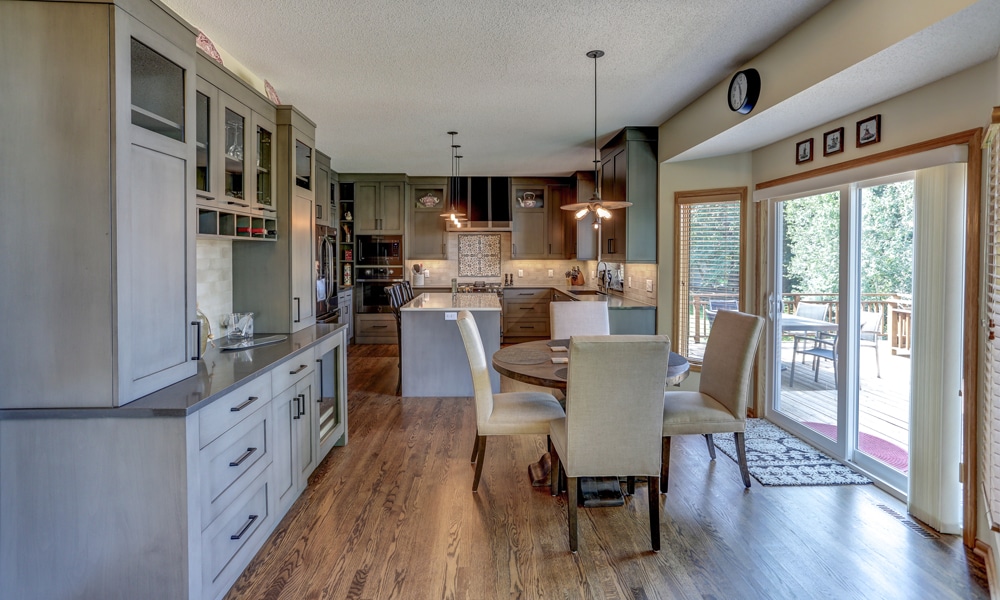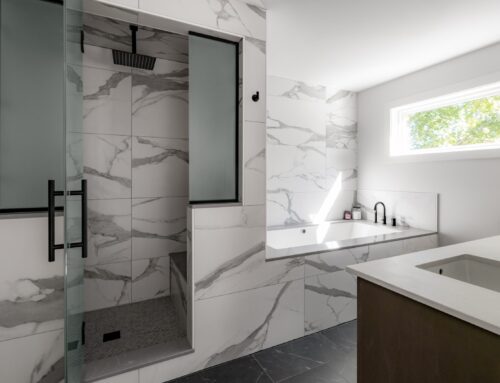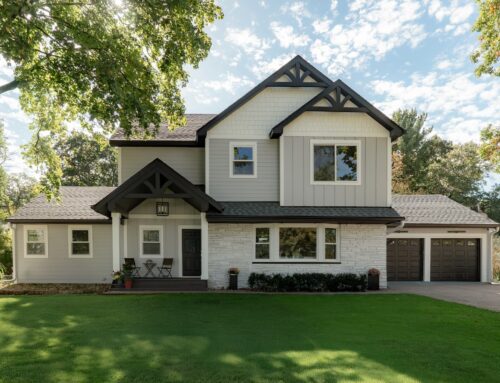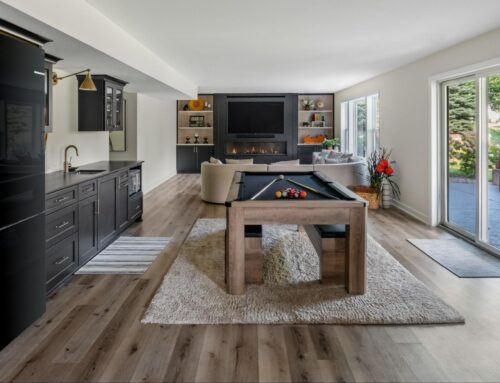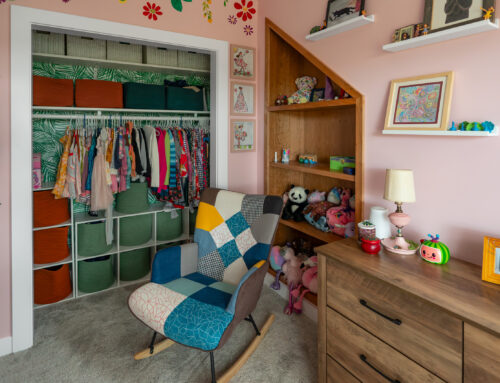There’s nothing quite like the rich, timeless beauty of a hardwood floor, and that’s why demand continues to grow for the natural flooring material.
In a survey of members of the National Wood Flooring Association (NWFA), for example, more than 64 percent of respondents predicted that demand for wood flooring will increase in 2020.
“The upfront cost of wooden flooring is high, but it tends to improve the value of the property,” notes Architecture Lab. “A house with hardwood flooring tends to be sold faster, which reflects how the choice of flooring tends to upgrade the value of a place. In the end, it provides a rich outlook as its texture just keeps getting better with time.”
If you’re considering investing in a wood floor, here are 12 things you should know.
Advantages of Hardwood Floors
1. Floor Stressors
Your best flooring choice for each room depends on the stressors the floor will undergo. Consumer Reports ranks wood as the No. 1 choice for dining rooms, family rooms and living rooms, calling it one of the most durable materials available. But it points out that wood can be damaged by water puddled in a bathroom, bleach spilled in a laundry room or cans dropped in a kitchen. In general, rooms continually subject to water, dampness, sunlight, foot traffic and/or the possibility of scratching may be better suited to porcelain tile, engineered wood, laminate or vinyl, the site concludes.
2. Tile Versus Wood
On the fence between wood and ceramic tile flooring? Tile is less expensive, requires less maintenance, is quieter to walk on and is more resistant to moisture, stains, scratches and general traffic. Wood is less expensive to install, more slip-resistant, resists cracking and chipping and holds a higher resale value. It typically calls for a professional re-polishing every three to four years.
3. Return on Investment
One report by the National Association of Realtors places the ROI of new wood flooring at 106%. Realtor.com places the average ROI of hardwood floors at 70 to 80% and the ROI of ceramic tile floors at about 70%.
4. Engineered Hardwood
Another option: engineered hardwood flooring in which layers of wood are topped by hardwood veneers of varying qualities and thicknesses (engineered wood is not to be confused with laminate, which only mimics wood). Solid hardwood typically lasts the longest, can be sanded and refinished multiple times and is relatively easy to repair piecemeal, whereas engineered wood can be harder to match and repair and as such must often be replaced in total.
5. Consider Carpet
Carpet can be installed directly over hardwood floors; however, that typically requires the placement of perimeter tack strips that leave small holes in the wood.
6. Wide Varieties
Wood flooring not only comes in a wide variety of species and finishes but the grain and color tend to vary plank by plank, creating a feeling of depth and richness. White oak is now one of the most popular and cost-effective wood flooring choices, according to an NWFA report. Other varieties expected to grow in demand this year include American black walnut, hickory, pecan, red oak and antique heart pine.
7. Popular Colors
Popular colors for 2020 will include blonde, whitewashed, espresso and all shades of gray, all in low-gloss finishes, according to Flooringinc.com. Large, wide planks (at least 5 inches wide) will rule, as will multi-width, herringbone, and diagonal layouts. Texture will remain important, with hand-scraped, wire-brushed and other distressed finishes taking center stage. The goal will be a random, less-manufactured, less perfect look rather than a “sleek and sharp” appearance.
8. Warm or Cool?
When choosing the color of your flooring, you’ll want to consider whether your surrounding color choices (trim, walls, countertops, furniture, etc.) are warm-toned or cool-toned. In general, designers recommend choosing different woods for your cabinetry and wood flooring to provide contrast and definition. You might also incorporate strips of cabinetry wood into your floor design, or vice versa. “If you have white cabinets, virtually any hardwood color will go,” advises Theflooringgirl.com. “If you have a wood colored cabinet, you’ll want to select a color with a nice contrast. Generally, darker floors look better with lighter cabinets and lighter floors look better with darker cabinets.”
9. Keeping it Clean
Wood floors don’t electromagnetically attract dust and thus can be kept clean relatively easily. They’re also non-toxic and unable to harbor parasites such as fleas, spores or dust mites that can cause allergies.
10. Environmentally Friendly
Wood flooring is considered environmentally responsible since it’s biodegradable, recyclable, easy to clean and maintain, harvested through regulated timber methods and often organic.
11. Termite Protection
Because wood floors can be attacked by termites, homeowners in certain areas must take protective measures against the pests and check regularly for infestations. Termites are most commonly found in the South, Southeast, West and Southwest, though Alaska is the only state to have none, according to Orkin.com.
12. Concrete Slabs
With skilled installation, wood flooring works well placed directly onto concrete over radiant-heated concrete slabs.
To explore what flooring options are available and best for your home, contact our design team for a complimentary consultation. And in the meantime, you can find more home remodeling inspiration by checking out our Residential Home Remodeling Gallery.

